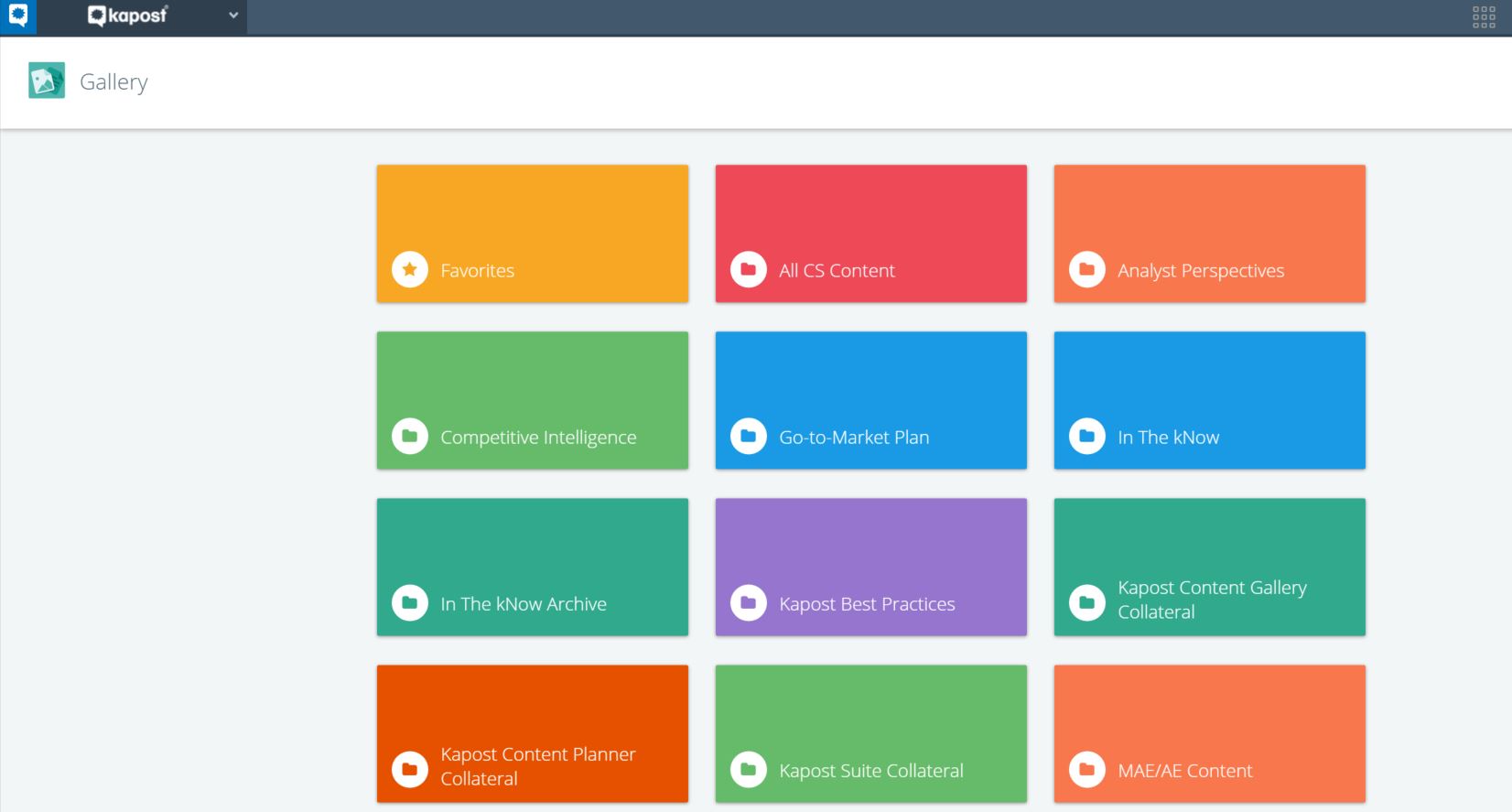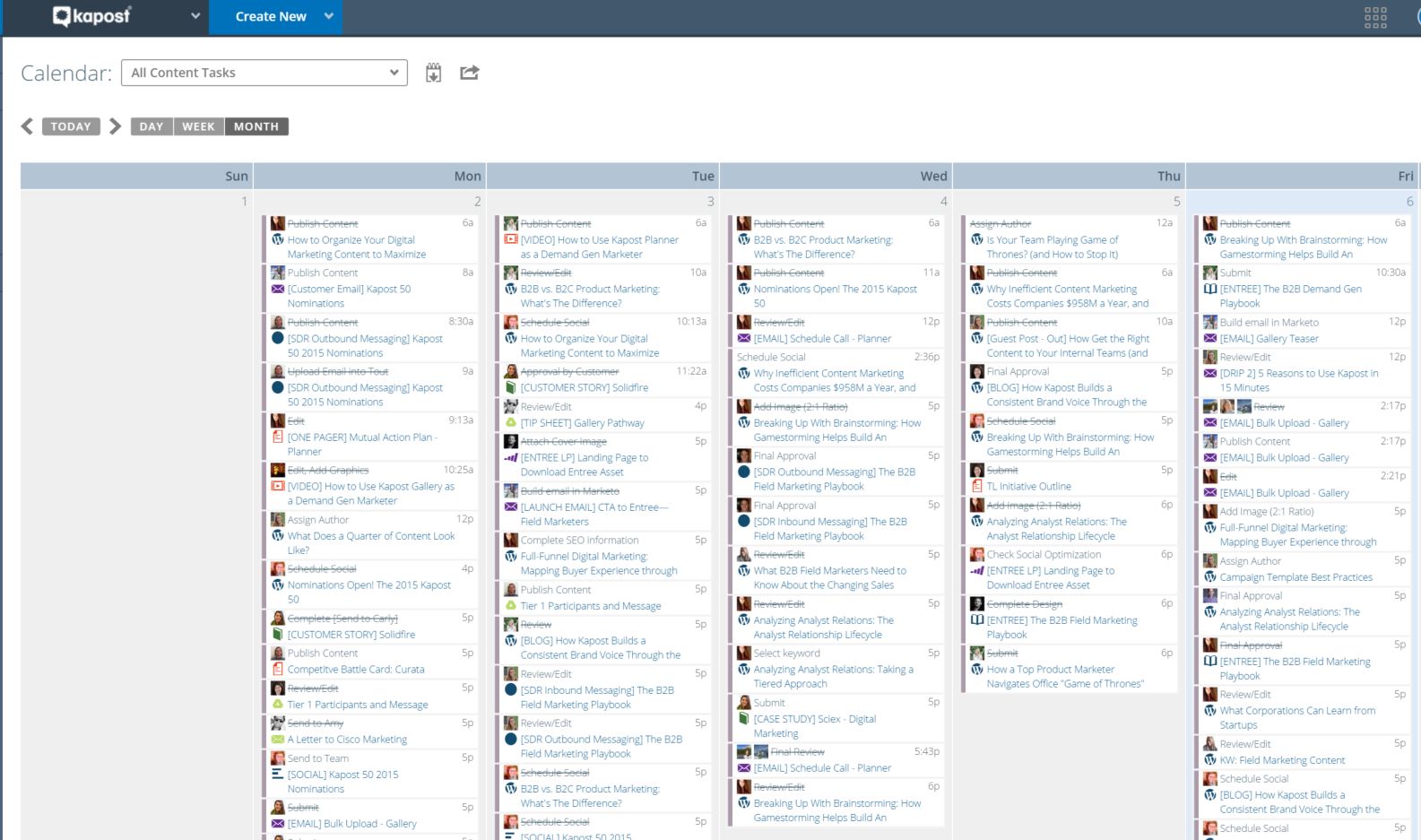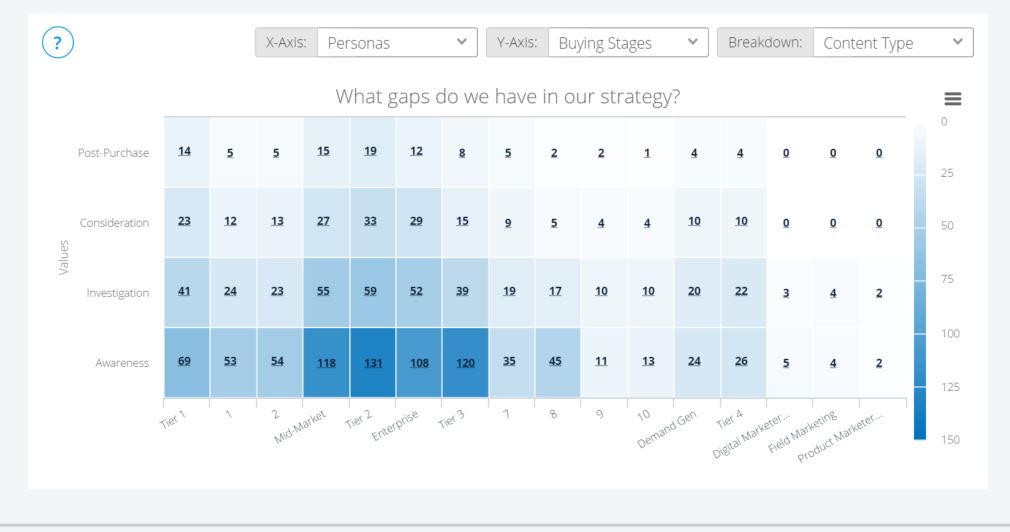Maintaining a consistent brand voice across all of your content and channels—from first engagement to closed deal to renewed customer—is one of the hardest things to do well in B2B marketing.
Unlike B2C marketing, your brand voice has to carry across every step of the buyer’s journey, from your top-of-funnel social marketing to your sales collateral, to your customer onboarding materials—each with equal importance.
Think about it. You buy those cute $2 solar lights for your yard based on a great online picture and the right price. But what about when you need to replace the battery? You simply scan a poorly translated manual, find the battery part number, and buy a new battery.
Now compare that to when your marketing automation software duplicates your entire 100K record database—twice—when you try to launch a campaign. Imagine the level of frustration when you have to slog through indecipherable instructions intelligible only to the writer? Or you call customer support and they read from a script asking you to do obvious things like reboot your computer. Not such a great customer experience (CX).
These “considered purchases” in B2B need good messaging and materials from the time of purchase to the time of that “hair on fire” moment that all marketers experience.
Why is this so important? So buyers that become customers feel like they have been talking to the same person at the same company from the moment they engage with you. For marketers, this is an invitation to lead the way in CX by creating both the process and content that unifies this buyer and customer experience.
There are tons of great articles out there on approaches and theories for building brand voice, we wanted to share how we’re doing it for real at Kapost. Kapost works hard to build a strong CX process across all teams, to support our customers from start to finish. It’s a journey to be sure, but it helps that our company has active processes and people dedicated to CX. Here’s our model for how marketing contributes to this process.
1. Define Your Brand Voice
Developing a strong brand personality sets the foundation for unified content that powers your CX. Is your voice formal or informal? Is it friendly or edgy? How do you execute that in your writing? Is your voice in sync across your website, marketing assets, and sales pitches? Decide on the voice of your brand, and thread it through all of your content. Figure these things out, and you can help others follow in your footsteps.
At Kapost, we wake up every day focused on helping our peers in marketing be rock stars. We’re also driven to try new things and help others learn from what works and doesn’t work for us. So we aim for an approachable voice that is authentic, and being authentic means you make mistakes. So in the spirit of authenticity, we share our successes and admit our failures public to show that our company is filled with people working hard to serve other people. So we share our stories and pictures of Kaposters at work, because we believe that it is our people that make our product great and help us serve our customers best.
More practically, we leverage our content marketing team to help us build that editorial and visual voice throughout our customer-facing content. They lead the way with great content, and help our product and customer success marketers maintain the same voice. Whether it’s the design of new customer onboarding kits, or videos on what’s new at Kapost from the actual Kaposters who design our products—we try to make it human, and carry that sentiment through all of the marketing materials we create.
2. Scale Your Voice Across the Buyer’s Journey.
Who doesn’t want to ensure your messaging flows seamlessly to market?
To achieve this, you have to help your team scale your message, tone, and personality across content types and channels, at every stage of the buyers journey.
If you’re in marketing, you know the drill. It starts with crafting your core messaging by answering the following questions:
- What value do you offer to new customers?
- Is that value different for new customers?
- Current customers?
- Enterprise customers?
- Is it differentiated?
But as with most marketing teams, the most forgotten messaging effort is the post-purchase. To have content unified through the entire customer experience, marketers need to think differently about the onboarding and post-sale experience. If you leave it to chance, you risk being the poster child of a company with poor CX. For those that do it well, however, draw a clear line in the sand in the market, distinguishing its brand above competitors.
But it’s not an easy undertaking. I’ve tried tons of models over time—from formal messaging guides to powerpoint decks for internal use. All of these are effective to some degree, but often break down across channels. Marketing says one thing in digital channels. Sales uses another message with prospects because they need a variant on the main theme, but it’s inconsistent with marketing messages. Even further, often times regional teams will need a slightly different tweak.
At Kapost, we’ve addressed this by creating a messaging guide that lives in Kapost Content Gallery, where everyone can access and use it to ensure that messaging for any content they create is on-brand, for every market and persona that we serve. This asset communicates our value to all customers, and then cascades messaging to each market and persona we serve. We created this asset collaboratively among content marketing, product marketing, and sales, so that it acts as a unified asset to be used across teams, functions, and channels.

We’ve carried this voice into a complete set of content from digital and content marketing, to sales and customer success content. That way our top-of-funnel content, such as blogs, eBooks, infographics, and videos, carries the same brand personality into sales collateral, sales messaging, pitch decks, and product materials. From there, we carry that same brand voice into how we help customers get started in Kapost through onboarding guides, welcome emails, and more.
The sales and post-sales part of this process is new for us. Until earlier this year, we didn’t have product or customer success marketing. So we built two amazing new teams that work hard to serve prospects and customers better through unifying the content and experience they received via our top-funnel content and marketing programs. We also built new integrated marketing processes to support this unified messaging flow. The team spent time adapting the Kapost Pillar Model into this new Kapost Integrated Marketing Pillar Model. We also adapted our marketing workflows and processes in Kapost to support this cross-team collaboration on content for the entire buyer’s journey.
With new content, people, and processes in place—we’re in a much stronger position to serve our amazing customers at every stage of their journey with us.
3. Scale your voice across the company.
Who’s a better advocate for your brand than your own people?
The best way to scale voice is to make sure marketing, sales, and customer success collaborate on the content created for them. By creating some materials that serve all of your teams up front, it makes it easy for others to copy and adapt the content and voice. Lastly, by having a messaging guide available, you can serve the common need to produce ad hoc content. It always happens, and can be supported by a go-to source of recommended value prop statements.
At Kapost, we work hard to do all of these things, as most marketers do. But what helps us get their faster is Kapost Content Planner, which helps us scale our natural affinity to collaborate. The difference we have is that we can plan content campaigns and kits inside Kapost. We can see that there’s cross-team collaboration, and maintain accountability for who’s up to bat in the workflow. Our editors can easily engage with and ensure a unified voice across every piece of content serving the entire buyer’s journey. When new content is drafted or proposed that’s off-brand, it’s easy to see and help our team adjust it. We also use Ideas to capture ideas across the company on new marketing needs and concepts.

4. Review content results.
There’s nothing more deflating to a marketing team than creating content that doesn’t get used.
The most important part of this is how we optimize content consumption and content impact, both internally among other teams, and externally with prospects and customers. By getting an aerial view of what content we have available at each stage of the buyer’s journey, you can see areas to innovate and raise the bar. By seeing what assets your own team members download, use, and share—including marketing, sales, and customer success, you can see what content is most valuable to them, and spend more time creating content like this.
Likewise, you can see how customers engage with your content and what content is most impactful to them. The power to see what customers touch and when in the journey frees you to be more innovative and create more of what works.

In Kapost Content Suite, I can review marketing campaigns, sales asset initiatives, event plans, and customer onboarding initiatives within a single platform. I can also drill deeper and see assets in production, internal use of assets, who has the fullest plate on my team, and how prospects and customers interact with assets in different channels. So, when I go to create more content—it’s done with actionable insight, not guesswork.
It’s exciting to put ideas into motion here at Kapost. I’m sure I’ll learn more as we get deeper into this CX journey. We will continue to share what works from our successes—and what doesn’t work from our mistakes.

